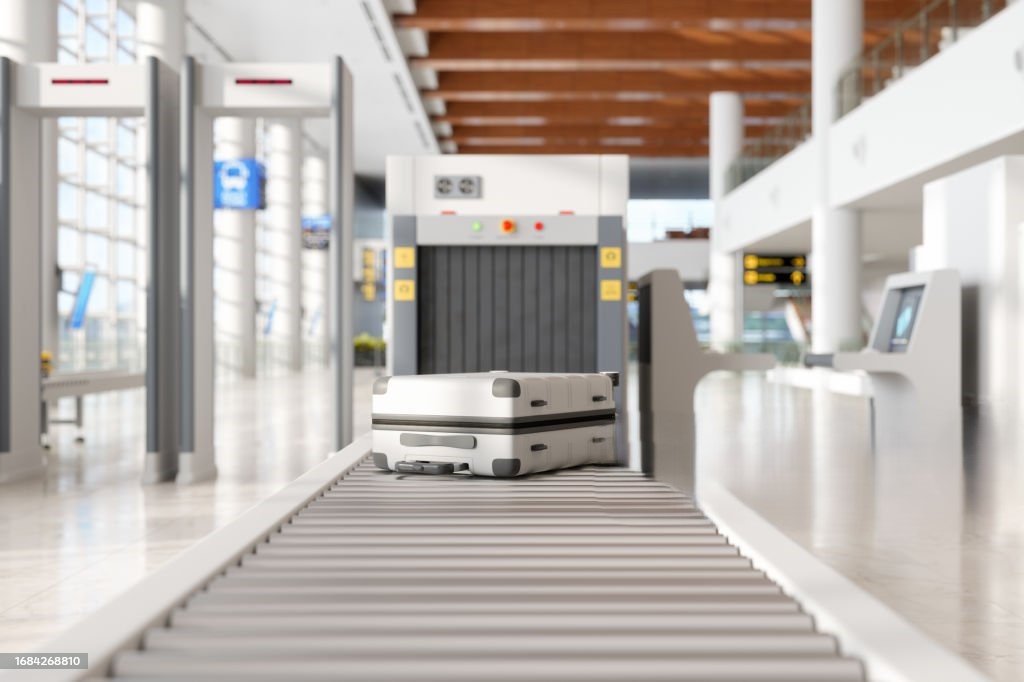Today, security has become an indispensable element for both public institutions and private enterprises. Especially in critical areas such as airports, customs checkpoints, shopping malls, government buildings, and private facilities, X-Ray baggage scanners are among the most effective solutions to ensure safety. However, not every device delivers the same level of performance. Choosing the right X-Ray scanner is a critical decision in terms of both security efficiency and operational costs.
So, what should you pay attention to when purchasing an X-Ray scanner? Here is a detailed guide:
- Image Quality and Resolution
The main function of an X-Ray scanner is to clearly display the contents of luggage, bags, or packages.
- High-resolution display and multi-color imaging help distinguish suspicious items more easily.
- Displaying organic and inorganic materials in different colors enables security personnel to make quicker decisions.
- Additional imaging features such as zoom, sharpening, and filtering are also important factors.
- Tunnel Size
Each business has different needs.
- For small-scale facilities, devices with narrower tunnels are usually sufficient, while in areas such as airports or logistics centers, scanners with larger tunnel dimensions are preferable.
- The size of the packages, luggage, or cargo to be scanned is one of the most decisive factors in choosing the right device.
- Security Standards and Certifications
It is crucial that an X-Ray scanner complies with international safety standards.
- Certifications such as CE, ISO, and TSA provide assurance in terms of both safety and quality.
- Additionally, the device must pass radiation safety tests to ensure the protection of operators and surrounding individuals.
- User-Friendly Software and Ease of Use
The scanner’s software should simplify the operator’s job.
- Features like a touchscreen interface, multi-user profiles, and easy menu navigation ensure smooth daily operation.
- Multi-language support, particularly in English and the local language, is essential for diverse user groups.
- The alarm system should be able to provide visual or audible warnings when detecting suspicious items.
- Advanced Security Features
New generation X-Ray scanners are not limited to imaging but also include intelligent functions to facilitate threat detection.
- Density analysis makes it possible to identify dangerous substances such as organic explosives.
- Automatic threat detection software minimizes operator errors.
- Recording and reporting features allow past scans to be reviewed when needed.
- Speed and Processing Capacity
In areas with high passenger or cargo traffic, the processing speed of the scanner is crucial.
- The higher the conveyor speed of the scanner, the faster the screening process is completed.
- This prevents delays in security checks and avoids long queues.
- Energy Consumption and Maintenance
Energy-efficient scanners significantly reduce operating costs during long-term use.
- Easy access to spare parts and maintenance services should also be considered.
- Local technical service and rapid spare part supply extend the device’s operational lifespan.
- After-Sales Support and Training
An X-Ray scanner requires not only an initial purchase but also long-term support.
- It is essential that the manufacturer or distributor provides operator training after installation.
- Free support in the first year and cost-effective maintenance contracts in subsequent years are strong advantages.
- Companies that offer support via multiple channels such as phone, email, WhatsApp, or remote access are more reliable.
- Price-Performance Balance
The most expensive device is not always the best one.
- The chosen scanner should be budget-friendly while meeting all operational needs.
- Devices with low maintenance costs, high durability, and energy efficiency reduce the total cost of ownership in the long run.
- Areas of Use
X-Ray scanners are commonly used in the following areas:
- Airports and seaports: For passenger and cargo security.
- Customs checkpoints: To detect smuggled goods.
- Government buildings: To ensure safety at entry points.
- Shopping malls: For security in high-traffic public spaces.
- Factories and logistics centers: To ensure employee safety and monitor goods.
- Common Mistakes
Some common mistakes businesses make when choosing X-Ray scanners include:
- Making a decision solely based on price.
- Overlooking operator training and after-sales support.
- Purchasing devices with insufficient or excessive features for actual needs.
- Choosing suppliers with weak service and technical support infrastructure.
Avoiding these mistakes reduces costs in the long term and helps eliminate potential security risks.
- Future Trends
Technology in X-Ray scanners is advancing every day.
- AI-powered threat detection systems are reducing operator errors.
- 3D imaging technologies allow more detailed and multi-angle views of objects.
- Remote access and cloud-based reporting are improving efficiency for large enterprises.
These features are expected to become standard in the near future.
Conclusion
Purchasing an X-Ray scanner is not a decision to be made solely based on technical specifications. Business needs, security requirements, budget, and long-term support services are all critical factors in the decision-making process.
At Polimek Elektronik, we offer tailored X-Ray scanner solutions for different requirements and stand by our customers at every stage—from pre-sales consultancy to after-sales support. Our goal is not only to supply devices but also to provide a secure, seamless, and efficient user experience.




